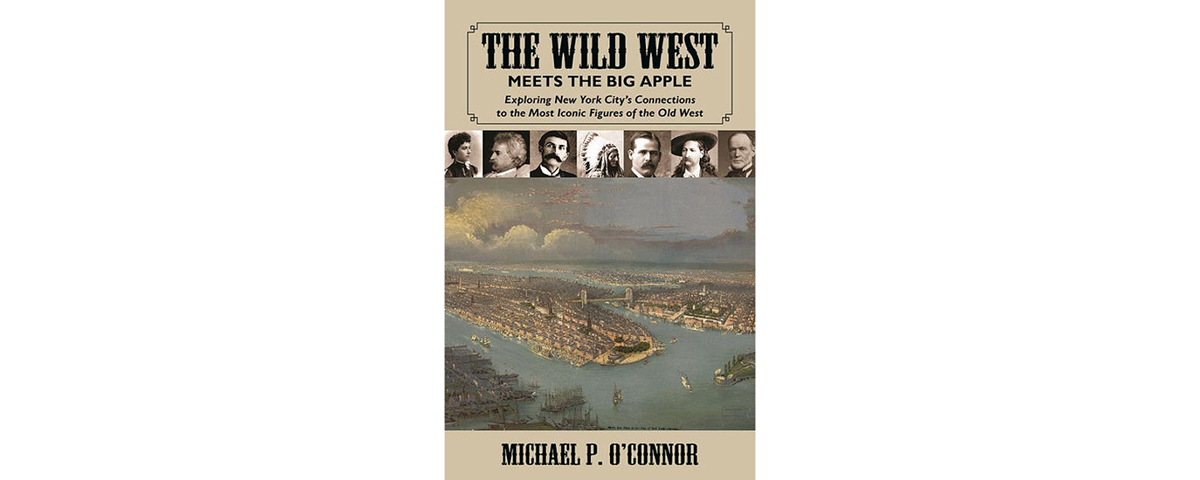The Wild West Meets the Big Apple, by Michael P. O’Connor, Pelican Publishing Co., Gretna, La., 2016, $25.95
New Yorker Michael P. O’Connor has devoted his research to tracing the comings and goings of various protagonists associated with the West in that most Eastern of venues, New York City. For example, Bat Masterson became as well known as a newspaper sportswriter there as he was for his (self-admittedly exaggerated) frontier gunslinging exploits. The author notes Masterson’s main residence remains standing at 300 W. 49th Street, as is the building at 525 W. 52nd Street in which Masterson typed out his last words for The Morning Telegraph before a heart attack claimed him on Oct. 25, 1921, at age 67.
O’Connor weighs what is known about the 1859 birth in New York of Henry McCarty (aka Billy the Kid) and relates a 1902 sojourn to the city by his killer, Pat Garrett. He also recounts trips outlaws Butch Cassidy and the Sundance Kid made to New York in 1901–02 with Sundance’s companion Etta Place—having the time of their lives before running out of luck in Bolivia. Less publicized is the fatal effect the winter of 1891 in New York had on both William Tecumseh Sherman and his Civil War Confederate counterpart Joseph E. Johnston, who died within weeks of having served as one of Sherman’s pallbearers.
In 1834 Tennessee Congressman David Crockett braved New York’s Bowery and Five Points, of whose residents he remarked, “I thought I would rather risqué [sic] myself in an Indian fight than venture among these creatures after night.” Jim Bowie also paid a visit before sharing Crockett’s fate in Texas at the Alamo.
Of course, showman William “Buffalo Bill” Cody performed in New York, and Lakota Chief Sitting Bull said he wished something like the Grand Central Hotel could be built on the Standing Rock reservation in Dakota Territory.
—Jon Guttman





